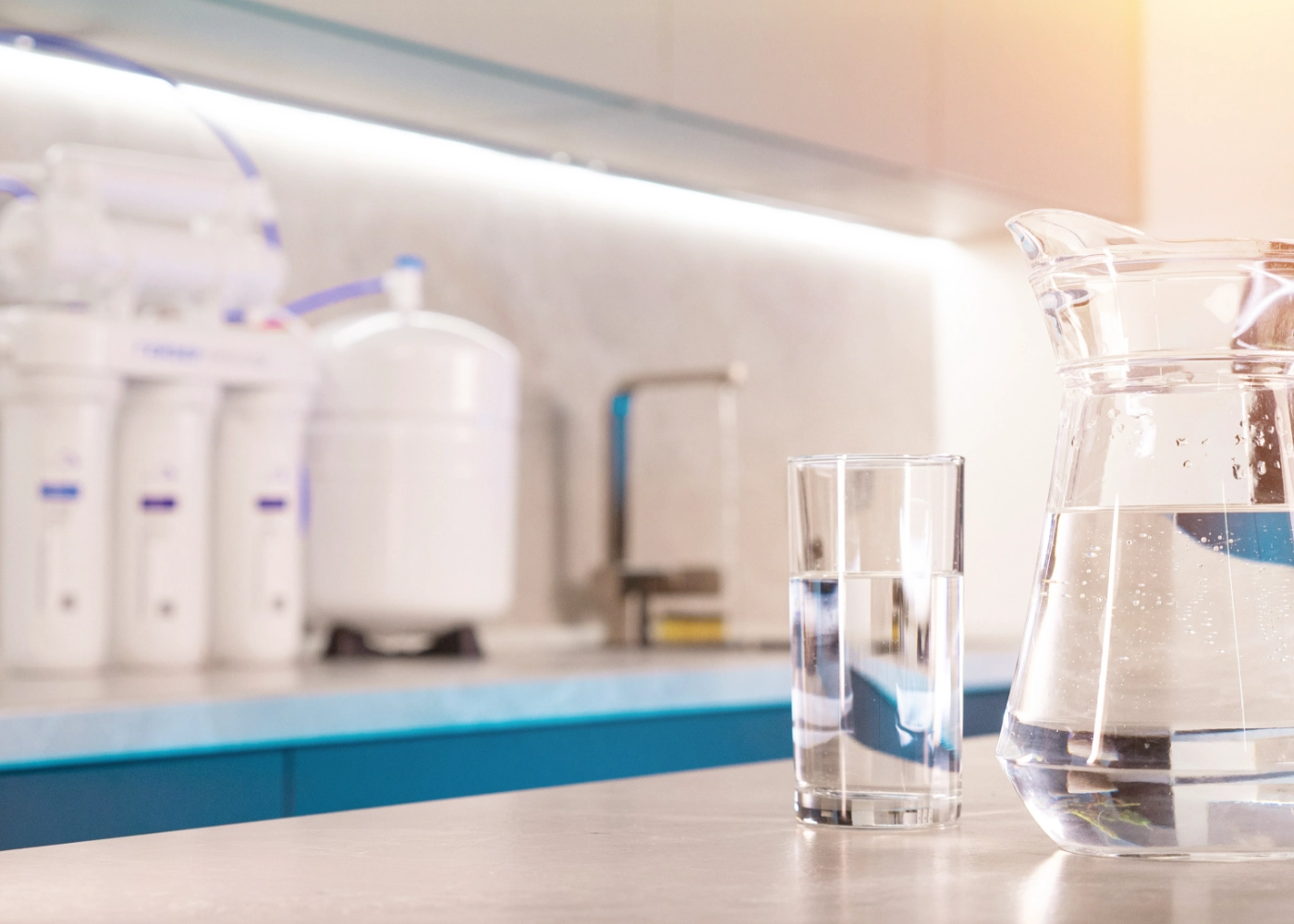Ensuring the health and well-being of your family starts at the tap. Home water purification systems transform ordinary tap water into clean, great-tasting hydration, removing contaminants like chlorine, lead, and microbial pathogens. From simple pitcher filters to state-of-the-art reverse osmosis installations, there’s a solution for every household’s budget and needs.
Why You Need a Home Water Purification System
While municipal water supplies are regulated, trace amounts of chemicals, heavy metals, and sediments can still make their way into your glass. Over time, inhaling chlorinated water vapors during a hot shower or consuming low levels of lead can have detrimental health effects. A dedicated purification system helps:
Remove Harmful Contaminants: Advanced filters trap heavy metals, bacteria, and pesticides.
Improve Taste & Odor: Say goodbye to the chemical aftertaste and chlorine smell.
Protect Appliances: Cleaner water reduces scale buildup in kettles, coffee makers, and irons, extending their lifespan.
Types of Home Water Purification Solutions
Activated Carbon Filters: Ideal for removing chlorine, sediment, and volatile organic compounds (VOCs). Commonly found in pitchers and under-sink cartridges.
Reverse Osmosis (RO) Systems: Use semi-permeable membranes to strip out dissolved solids, heavy metals, and microorganisms. Typically installed beneath the kitchen sink with a dedicated faucet.
Ultraviolet (UV) Purifiers: Employ UV light to inactivate bacteria and viruses—an excellent add-on to carbon or RO systems for microbiological safety.
Distillation Units: Boil water and re-condense steam, leaving most impurities behind. Effective but energy-intensive and relatively slow.
Key Considerations When Choosing Your System
Contaminant Profile: Test your water to identify which pollutants are present.
Flow Rate & Capacity: Match the system’s output to your household’s daily consumption needs.
Maintenance Requirements: Replace filters and membranes per manufacturer recommendations to ensure optimal performance.
Installation & Space: Under-sink RO systems require more room, while countertop or pitcher filters are more portable.
Installation and Maintenance Tips
Professional vs. DIY: Many under-sink and whole-house systems benefit from professional installation to ensure leak-free plumbing connections.
Routine Filter Changes: Mark your calendar to replace cartridges on schedule—typically every 3–12 months.
System Sanitization: Annually sanitize housing units and storage tanks (where applicable) to prevent biofilm buildup.
Monitor Performance: Keep an eye on flow rates and taste; a sudden drop or off-flavor signals it’s time for maintenance.
Beyond Purification: Additional Safeguards
Point-of-Use Water Test Kits: Periodically check for hardness, nitrates, and microbial contaminants to confirm system efficacy.
Water Softeners: If you live in a hard-water area, a softener paired with your purifier prevents scale and corrosion.
Smart Monitors: Some modern systems feature built-in sensors and smartphone apps to notify you when filters near end-of-life.
Investing in a reliable home water purification system not only guarantees peace of mind about what you and your loved ones are drinking but also enhances the longevity of your appliances and plumbing. By understanding your water’s unique profile and choosing the right purification method, you’ll enjoy crisp, clean water straight from the tap every day.

